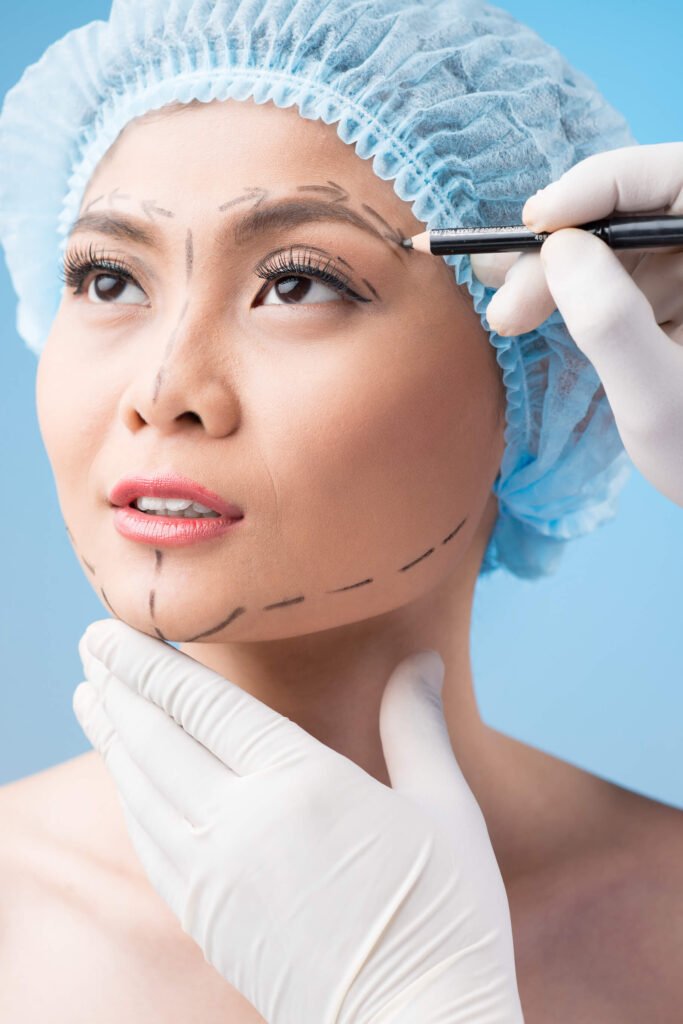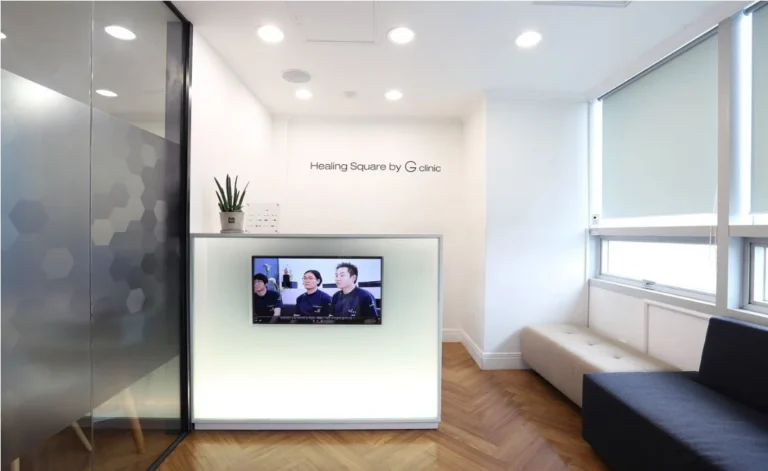A receding or weak chin—medically known as microgenia or retrogenia—can subtly but significantly affect facial harmony, jawline definition, and even functional issues like oral closure and posture. In recent years, Korean cosmetic and reconstructive clinics have become global leaders in addressing this concern through chin implant surgery, offering both aesthetic and structural benefits to patients from around the world.
In this guide, we explore the causes, medical implications, and treatment options for a weak chin, and explain why South Korea is considered one of the best destinations for chin enhancement in 2025.
📉 What Is a Receding Chin?
A receding chin occurs when the chin appears underdeveloped or sits too far back in relation to the rest of the face. It can be:
- Congenital (from birth)
- Developmental (due to poor bone growth during adolescence)
- Post-traumatic (due to injury or surgical bone loss)
- Age-related (bone resorption and soft tissue sagging)
Common Signs:
- Flat or under-projected chin
- Poorly defined jawline and neck angle
- Overemphasis on nose or cheeks
- “Double chin” even in slim patients
- Mouth breathing or weak oral posture
🔬 Medical and Aesthetic Concerns
Beyond appearance, a receding chin can be associated with:
- Malocclusion or poor dental alignment
- Temporomandibular joint (TMJ) stress
- Airway issues (e.g., mild sleep apnea)
- Poor posture or “text neck”
In many cases, chin augmentation improves both form and function, making it a medical solution—not just a cosmetic fix.
🏥 Why Choose Korea for Chin Implant Surgery?
South Korea is a global hub for facial bone contouring and is particularly renowned for chin, jaw, and V-line surgeries. Clinics in cities like Seoul, Busan, and Daegu offer:
- Surgeons specializing in genioplasty and chin implants
- 3D facial analysis and custom implant design
- Affordable, high-quality care
- Multilingual staff and medical tourism services
🥇 Korean clinics emphasize natural-looking, balanced profiles tailored to each patient’s ethnic and anatomical background.
🧑⚕️ Treatment Options for a Receding Chin in Korea
1. Chin Implant Surgery (Alloplastic Augmentation)
Ideal for: Mild to moderate chin retrusion, no jaw malocclusion
- Uses silicone, Medpor, or Gore-Tex implants
- Inserted through a small incision inside the mouth or under the chin
- Adds projection, improves contour, and strengthens the jawline
- Often done under local anesthesia with sedation
Benefits:
- Quick recovery (5–7 days)
- No visible scarring (intraoral option)
- Immediate, visible results
- Highly customizable with Korean 3D scan technology
2. Sliding Genioplasty (Chin Bone Advancement)
Ideal for: Moderate to severe retrusion or jaw misalignment
- Involves cutting and repositioning the chin bone
- More invasive than implants, but uses your natural bone
- Allows vertical lengthening or horizontal advancement
- May be combined with orthodontic treatment or jaw surgery
Benefits:
- Long-term stable results
- No foreign material
- Addresses skeletal imbalance more precisely
3. Combination Treatments Available in Korean Clinics
For optimal results, chin augmentation may be combined with:
- Rhinoplasty (to balance nose-chin ratio)
- Buccal fat removal or jaw contouring (for slimmer jawline)
- Neck liposuction or lifting (for a sharper neck angle)
- Dermal fillers or fat grafting (for soft tissue support)
🧪 Materials Used in Korean Chin Implants
| Material | Properties | Typical Use |
|---|---|---|
| Silicone | Flexible, smooth, removable | Most common, customizable shapes |
| Medpor | Porous, integrates with tissue | Stronger fixation, preferred for active patients |
| Gore-Tex | Soft, natural feel | Less common, used for thinner skin types |
Korean clinics often design custom-fit implants using 3D scanning to match each patient’s facial proportions.
🔎 Diagnostic Tools Used in Korea
Before surgery, most Korean clinics will conduct:
Consultation with maxillofacial surgeon if needed
3D CT or facial scanning for anatomical accuracy
Digital simulation to visualize outcomes
Dental occlusion check (if skeletal imbalance suspected)
🕒 What Is the Recovery Process Like?
| Phase | Details |
|---|---|
| Day 1–2 | Mild swelling, possible tightness or numbness |
| Day 3–5 | Swelling peaks; soft diet recommended |
| Day 7 | Stitches removed (if external incision used) |
| Week 2 | Most swelling subsides; return to daily activities |
| 1–3 months | Full healing and tissue integration |
Many Korean clinics offer lymphatic massage, scar laser, and post-op care as part of their recovery packages.
✈️ Medical Tourism: What International Patients Need to Know
- Total stay in Korea: 7–10 days recommended
- Cost (2025 average): USD $2,500–$5,000 (implant) / $4,000–$7,000 (sliding genioplasty)
- Visa support: Many clinics help with medical visa paperwork
- Languages: Top clinics have English, Chinese, Japanese coordinators
- Accommodation: Nearby recovery hotels or serviced apartments available
⚠️ Risks & Complications
As with any surgery, chin implant procedures carry risks:
- Infection (low with sterile Korean protocols)
- Nerve injury (temporary numbness is common)
- Implant shifting or asymmetry (rare with 3D planning)
- Unsatisfactory aesthetic outcome (can be revised)
Korean surgeons mitigate these through:
- Precise pre-op simulation
- Intraoperative implant fixation
- Careful post-op monitoring
✅ Is Chin Implant Right for You?
A chin implant may be medically and aesthetically appropriate if:
- You have a visibly weak chin and poor jaw definition
- You do not have major bite misalignment (in that case, genioplasty or orthognathic surgery is better)
- You’re seeking a long-term, natural enhancement
- You want to improve facial harmony without major surgery
🧭 Final Thoughts: Korea as a Top Choice for Chin Implant in 2025
Choosing to address a receding chin is about more than looks—it’s about restoring confidence, balance, and sometimes even functionality. South Korea offers one of the best environments to do this, combining:
- Top-tier medical expertise
- Advanced technology
- Custom, natural results
- Patient-centered care for medical tourists
Whether you’re visiting for the first time or planning a full facial transformation, Korean clinics offer safe, structured, and effective solutions for correcting weak chins.



